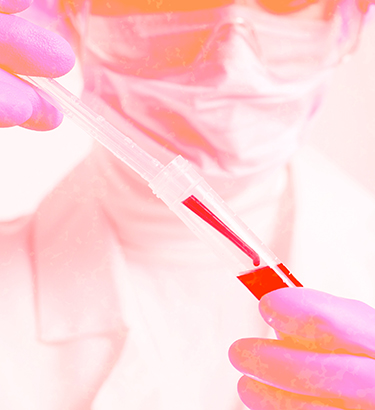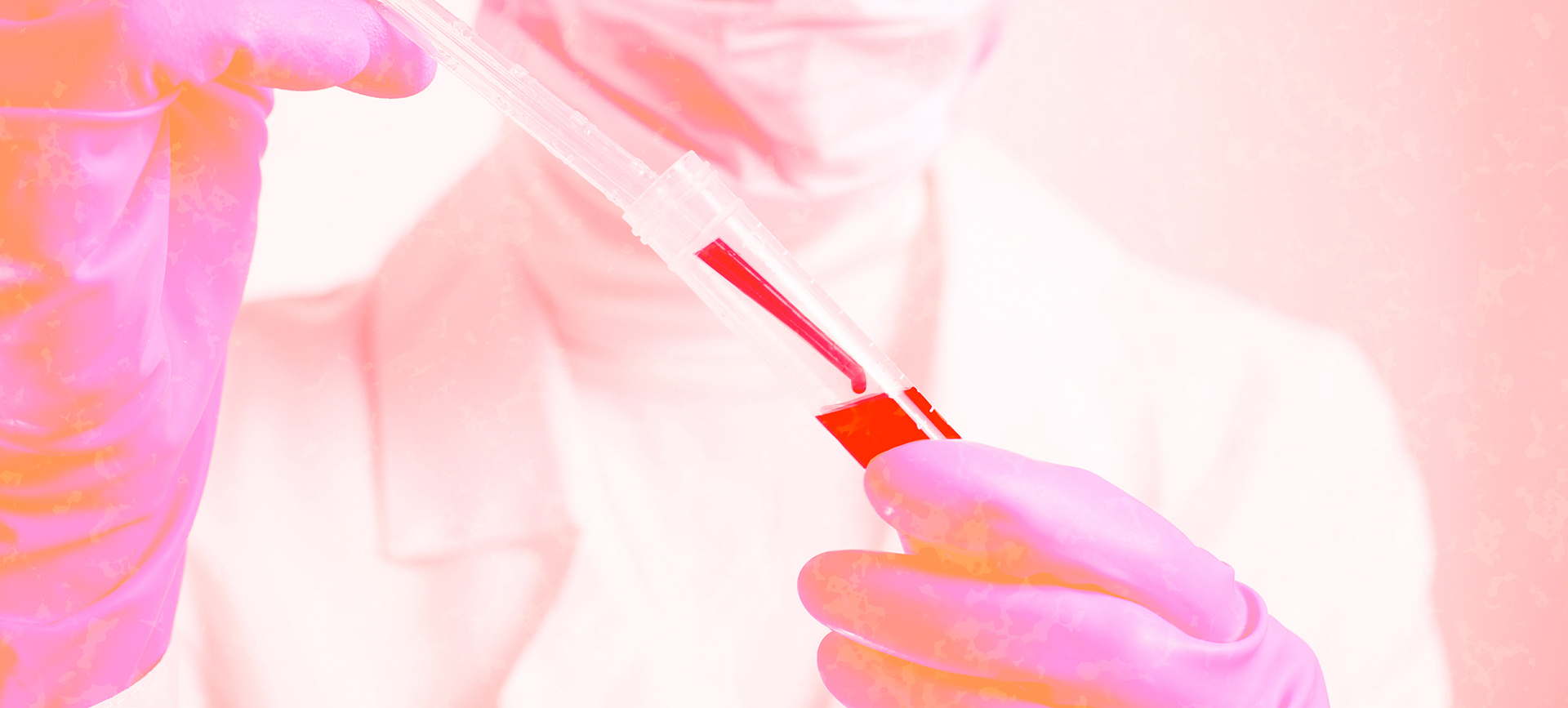Abdul Hay: After medical school, I did a few years of research. You don't need that [but] you really need a residency and then a fellowship in hematology. The residency is usually three years and the fellowship is another three years after medical school.


Specialist Q&A: What Can a Hematologist Do for You?
Mohammad Maher Abdul Hay,M.D., is a hematologist and an associate professor at New York University Grossman School of Medicine in New York City. He also acts as the director of the clinical leukemia program at NYU Langone Health's Perlmutter Cancer Center and the medical director of the inpatient bone marrow transplant unit at NYU Langone's Kimmel Pavilion.
Abdul Hay has been in practice for a decade. He attended medical school at the American School of Beirut, completed his residency at the State University of New York (SUNY) at Buffalo and his fellowship at NYU Grossman School of Medicine.
Abdul Hay spoke to Giddy as part of an ongoing series on medical specialists.
Editor's note: This interview has been edited for length and clarity.
Hematologists deal with blood disorders. There are two sets of hematologists. There's a benign hematologist, who deals with anemias, clotting factors and abnormal blood counts. And there's a malignant hematologist, who deals more with blood cancers like leukemia and lymphoma—which is cancer of the lymph nodes—and multiple myeloma, which affects the bone. There are really two separate entities: malignant and benign. Very rarely does someone do both.
I'm excited about blood cells. That's what really pushed me toward hematology. It's fascinating to understand blood cells. Looking [at them] under a microscope has been something I was fascinated with for so long. The more I got to know about it, the more I realized my focus and interest is in leukemia, which is a white blood cell disorder, and cancer.
Usually, they go to their primary doctor. Then they find something abnormal in their complete blood count (CBC). On the regular blood workup, they find the white blood cells are either elevated or low, they're anemic or their platelet count is abnormal. Other presentations would be symptomatic people. So if they're anemic, they'll have fatigue, tiredness or bleeding or bruising because their platelets are low. [Made in our bone marrow, platelets are small cell fragments that cause our blood to clot and stop bleeding.]
The main focus in my practice is leukemia. I do stem cell transplants. Because I do stem cell transplants, I see multiple myeloma patients or lymphoma patients who've been treated and they're going for a transplant. There are two types of stem cell transplants: autologous and allogeneic. Autologous is from your own cells. This is usually done for multiple myeloma and lymphoma patients. For leukemia patients, I do allogeneic stem cell transplants, which are collected from donors.
When patients see hematologists, they always associate it with blood cancers. That's not always the case. They see a lot of benign issues. Some cancers are actually benign as well. There are clotting factors, bleeding and anemia. Hematology is not just about cancers but doctors who deal with blood disorders.
A lot of blood disorders are easy to fix and manageable. Some of them are benign. Every time I have a patient coming to see me, they think of cancer and they get nervous. Hematology does not mean cancer.
I think when you see a hematologist, there are two things that are very important: the previous blood workup to compare and the medications they're on. Sometimes the medications are the cause of abnormal blood counts. It's very important to go over their medications.
When the patient comes to me with an abnormal blood count, sometimes the CBC may show some leukemic cells. [Then] you already have an idea that they possibly have leukemia. The first step is doing a bone marrow biopsy. This is an easy procedure done in the clinic. It takes 10 minutes. You get a small piece of the bone, but at the same time, you get an aspiration from inside the bone. That is so helpful because you run genetic and molecular testing on it. In addition, you see if there are any leukemic cells or any abnormalities. That's usually the first step to making the diagnosis.
If it's something benign and easy, like anemia, it may just be one visit. If they have leukemia, myeloma or lymphoma, it's going to be a lot more visits. They may need chemotherapy. Leukemia is divided into two categories: acute and chronic.
For acute, you need to act very quickly because it has a worse outcome and is very aggressive. Acute leukemia consists of multiple appointments. You may actually also have a component of inpatient chemotherapy in the hospital, and they may stay in the hospital for months. They could need visits to the clinic for blood transfusions.
Chronic leukemia has much fewer visits. For some with chronic myeloid leukemia (CML), you see them once every three months. If the treatment is a pill, you just see them every three months and make sure they're doing OK. Some present with preleukemia, like myelodysplastic syndrome (MDS), and they may come to you every six months.
After they get the diagnosis, they should ask about the treatment options and the prognosis. They should ask a very important question: What's the road to getting the cure? They should explore all options. Unfortunately, these patients, like those with leukemia, myeloma and lymphoma, can have an aggressive disease and they may fail chemotherapy. They should always explore clinical trials because clinical trials have novel therapies and new drugs that are sometimes very effective, especially for people who have tried the standard care and it did not work.
At this time, we are still having refractory or relapses after treatments, especially in acute myeloid leukemia (AML). Having better targeted and more effective treatments for AML is the key to changing the outcome in this disease.










